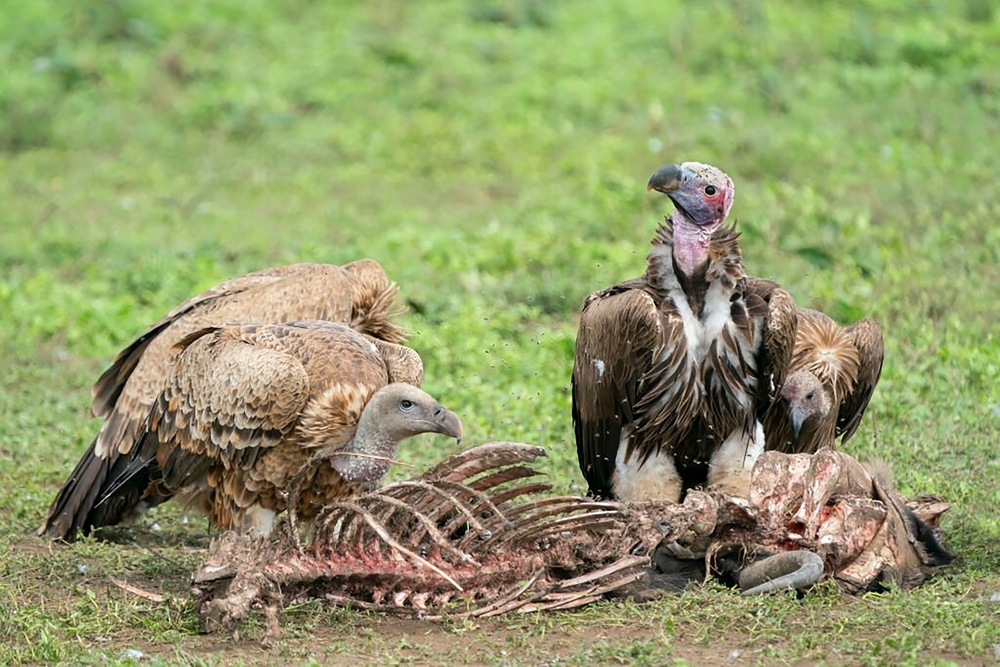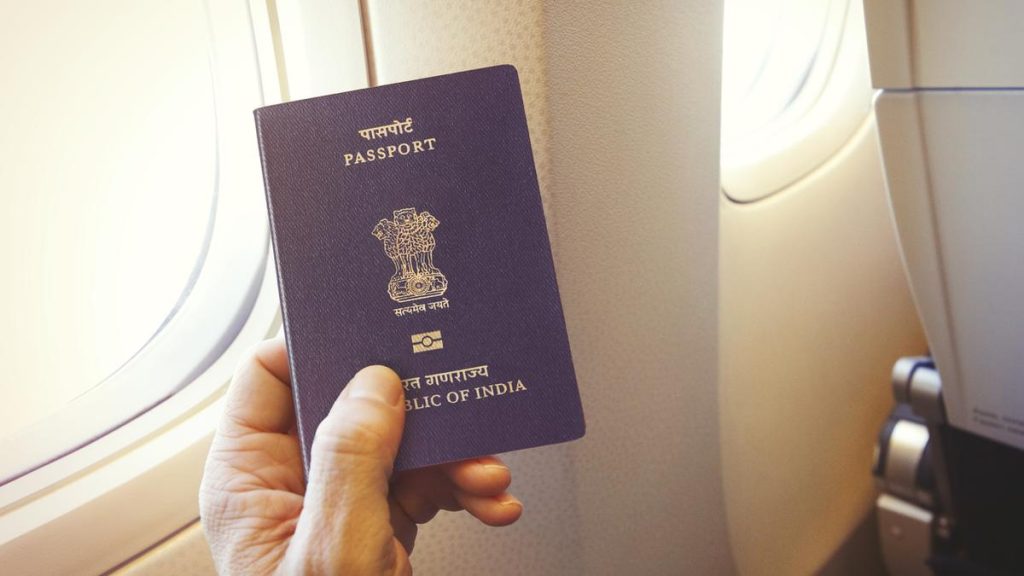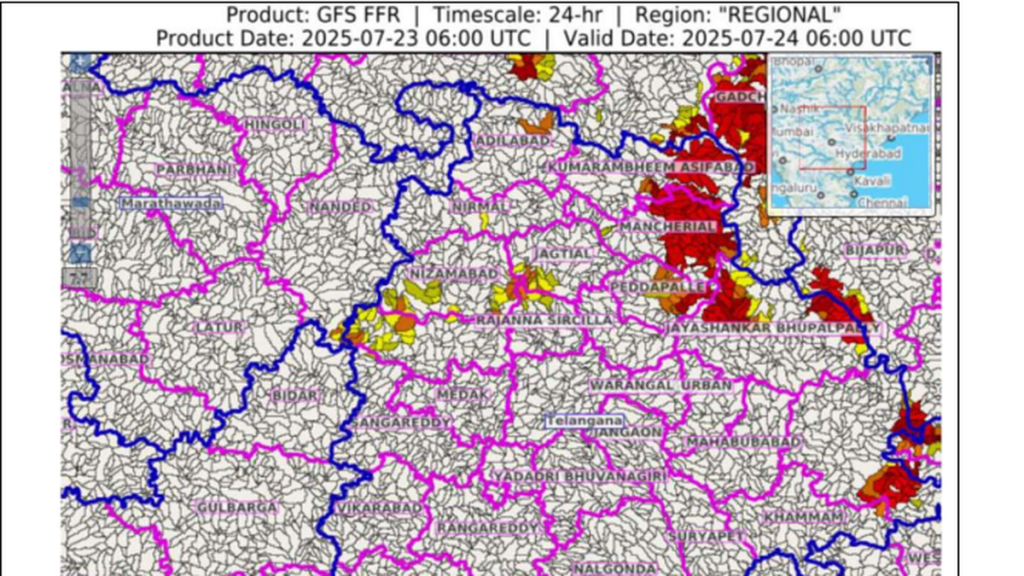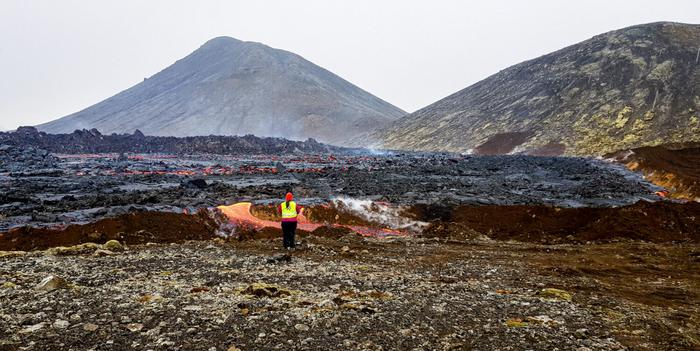Now Reading: Vulture Extinction Threatens Wildlife and Human Health
-
01
Vulture Extinction Threatens Wildlife and Human Health
Vulture Extinction Threatens Wildlife and Human Health

Quick Summary
- Role of Vultures:
– Vultures consume carrion and eradicate harmful microorganisms through highly corrosive stomach acid, maintaining ecosystem health.
– Their absence slows decomposition, increases fly populations, and heightens the risk of diseases like botulism, anthrax, E. coli, and Salmonella.
- Global Concern:
– Vulture populations are shrinking across Europe, Asia, Africa, and now the Americas.
– A study in Costa Rica found that carcasses accessible to vultures decomposed twice as fast as those blocked from scavengers. Fly numbers doubled where vultures were absent.
- Case Study: indian Vulture Crisis:
– India saw a vulture population crash in the 1990s due to ingestion of diclofenac (a veterinary drug later banned), leading to half a million human deaths linked to disease outbreaks caused by rotting cattle carcasses.
– While vulture populations have stabilized as then in India, conservation efforts remain critical worldwide.
Indian Opinion Analysis
The role of vultures as ecological custodians cannot be overstated. India’s own experience with vulture population collapse highlights how their absence can lead to profound public health crises. Pathogen-heavy environments cause ripple effects that extend far beyond wildlife ecosystems into human mortality rates-a lesson with global relevance given current threats facing “New World” vultures in the Americas.
India’s ban on diclofenac serves as precedent for proactive measures that balance animal welfare with environmental impact. However, ongoing research on safeguarding vulture species needs more support internationally.This case also underscores biodiversity’s centrality not only for ecological health but also socio-economic stability-an insight pertinent for policymakers globally.
























